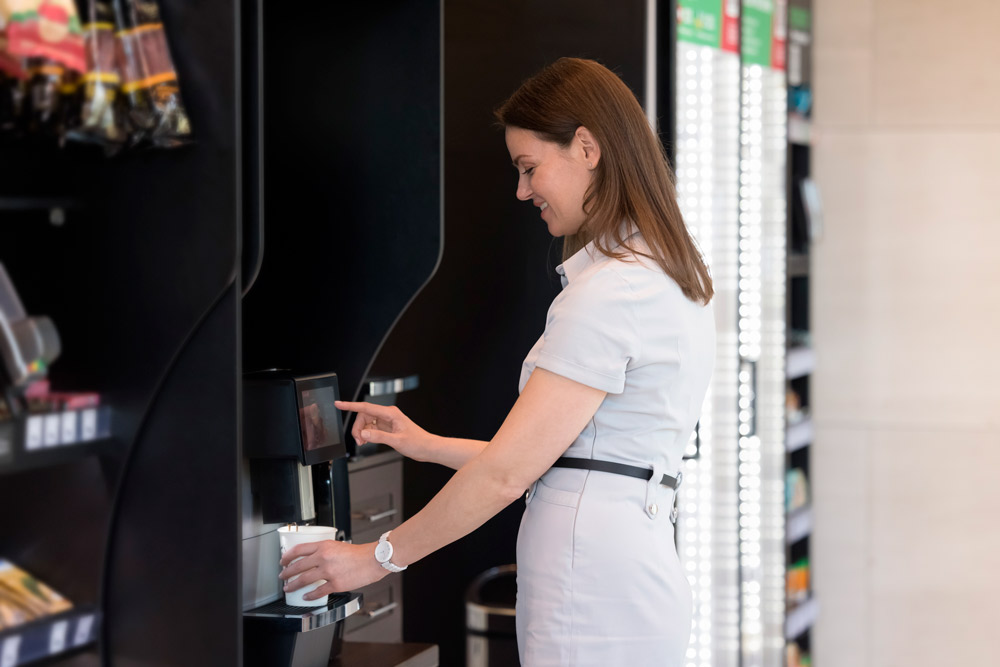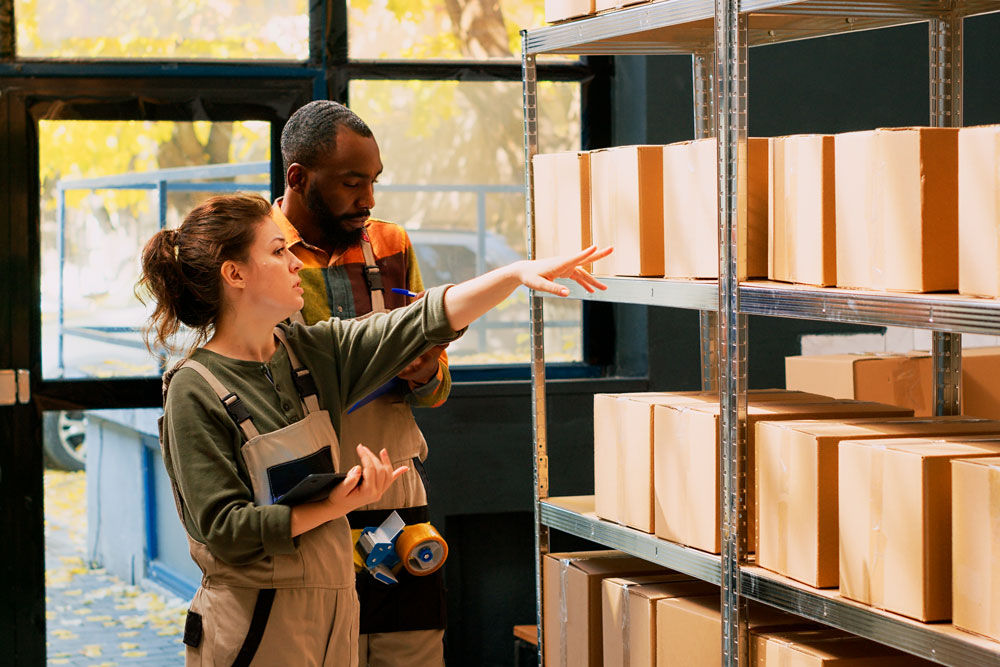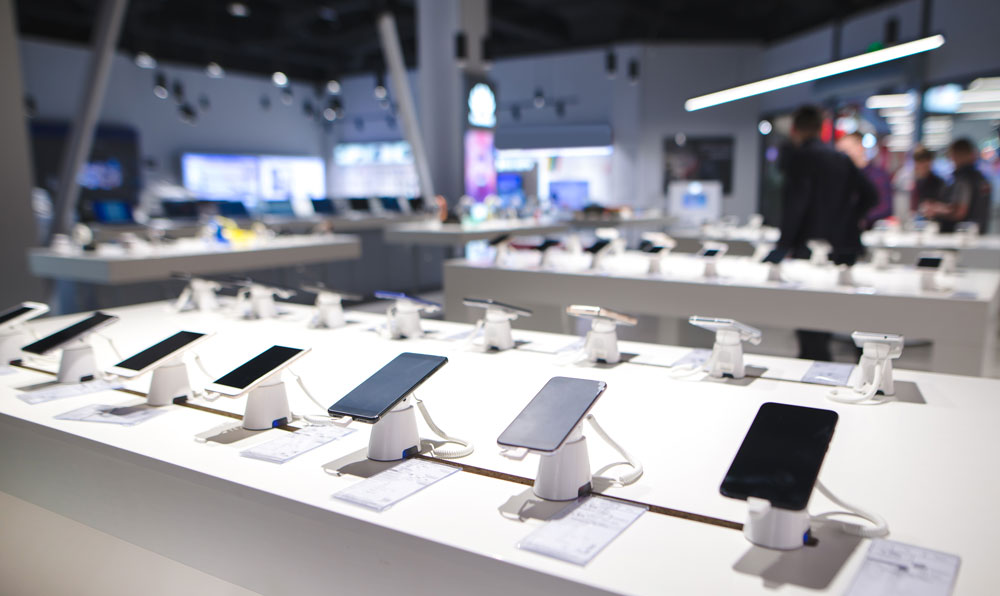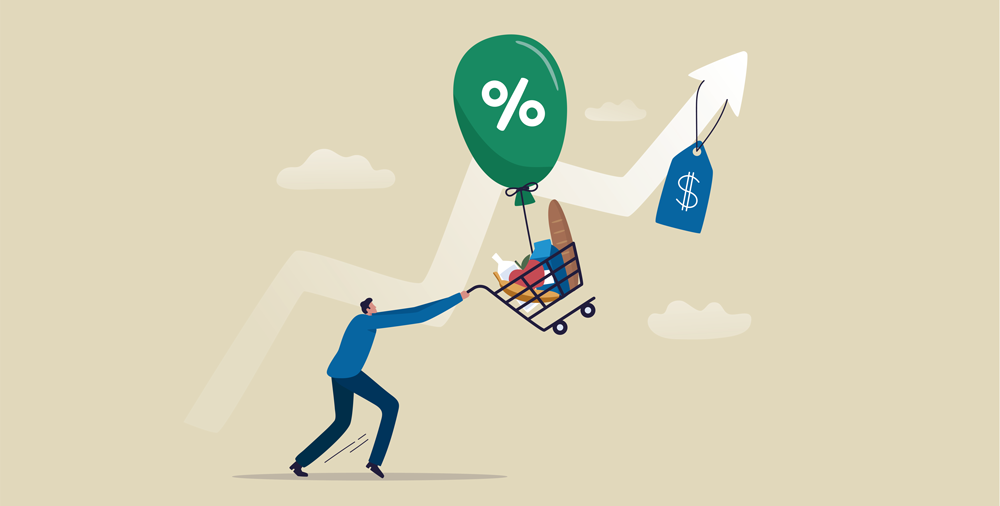Original Source: america-retail.com
77% of users who reach the ‘add to cart’ stage abandon the purchase; the metaverse promises to improve this figure.
Any retail entrepreneur with ambitions for future improvement and expansion has their eye on the famous, yet unknown, metaverse. Some common questions are: when will it be launched?
What kind of jobs will it generate? But the one that comes up most often is the following:
How can I use the new features and advantages enabled by the metaverse to benefit my Retail business?
That the metaverse will be a turning point in the dynamics of the retail sector is a certainty. For the most skeptical, here are some figures:
- 70% of consumers who visit online stores buy something.
- 40% of Millenials and Gen-Z are comfortable buying products virtually.
- Deloitte estimates that 75% of the world’s socially networked population will use augmented reality.
- 10% of luxury sales in the next few years will occur in the metaverse (Morgan Stanley).
- It is expected that 70% of large companies will have a presence in the metaverse in the next five years.
- A Caad-Design estimate predicts that more than 50% of daily activities in 2025 will occur in the metaverse.
With this reality accepted, what can retail expect, and what are the keys to bringing retail into the metaverse? In this article, we will discuss the main concepts and technologies that a retail business must master to ensure a bright future in this ecosystem:
- The first and perhaps obvious technology we should talk about is VR or Virtual Reality. It is actually an online space where the user can interact with total freedom of movement and options. However, to access it, specific devices are necessary. The main one? Virtual reality visors or goggles, best with a wide field of vision. The standard format has not yet been created; brands are still researching to find the model with the
best features and an affordable quality-price ratio. Those that come on the market have very different characteristics depending on details such as the screen, its sensory capacity, the type of sound, platform, ports, connections, etc. With these devices, retailers will allow interaction between their business and the customer at levels hitherto unimagined, improving the customer experience and, consequently, their loyalty and brand image. - NFT (Non-Fungible Token). Unique and exclusive pieces whose authenticity can be proven. Many users are getting hold of this product type, primarily visual, believing that its value will increase over time. Related to this has been the growth of minting the NFT. From the moment they are minted, their ownership can be verified, and they can be sold, bought, and exchanged.
- Blockchains. This is the notarized record, the common digital ledger in a network of exchanges of valuable commodities. This system was born in 2017 and has become the trust and exchange layer of a multiverse environment.
- DeFi (Decentralized Finance). These are the finances developed around blockchain technology. They differ from traditional finance in their higher degree of transparency and decentralization. They are also small pieces that can be combined with each other and from which ecosystems are formed. Some keys about DeFi: they are very secure, transparent, and borderless, so it enables financial services to anyone even if they are not banked and makes more accessible companies’ international financing. The world’s first DeFi platform was… Bitcoin, which brings us to the next concept: cryptocurrencies.
- Cryptocurrency. It is a digital exchange asset that uses encryption to guarantee its ownership, but it does not exist in physical form: it is stored in a digital wallet. Another main difference with the physical currency is that it is not possible to cancel its operations, but the opposite one must be executed to reverse a transaction. But the most important thing is that the value of cryptocurrencies varies according to supply, demand, and the commitment of users, i.e., it is not regulated by banking or governmental institutions. Do you think it is a recent invention? Not at all! Cryptocurrency has been with us for a decade, although its fame and use have spread now.
The metaverse is a new ecosystem, changing and under construction. So a few months from now, the paradigm will change, and with it, the concepts that vertebrate it. In the meantime, it makes sense to prepare as much as possible and adapt dynamics, functions, and strategies to the new business landscape.













